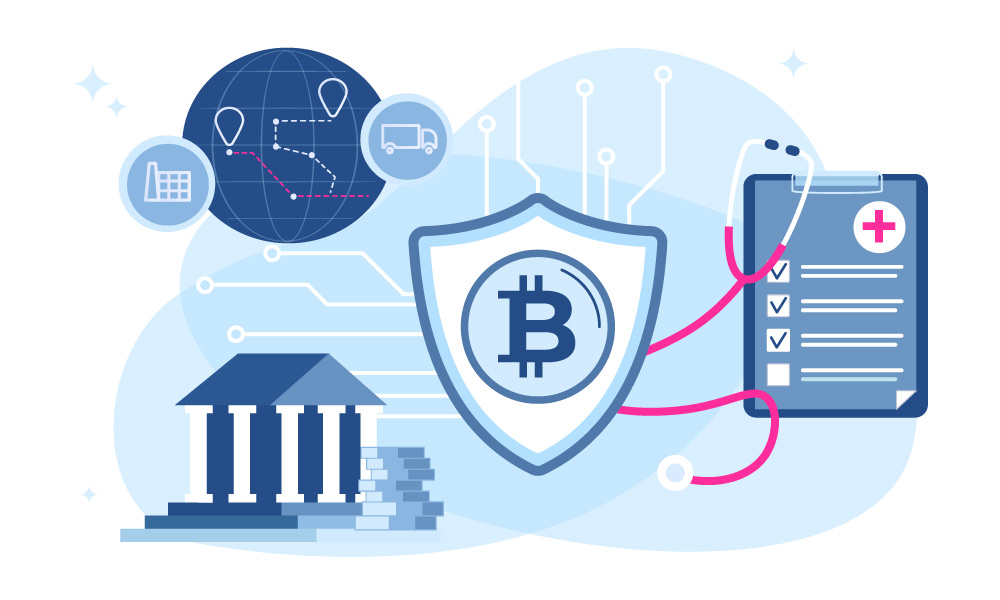When people hear the word blockchain, they often think of Bitcoin or cryptocurrencies. But blockchain is more than that—it’s a groundbreaking technology that keeps data secure in a way traditional systems can’t match.
So, how does it actually protect your information? Let’s explore.
Data Is Stored in “Blocks”
Every transaction or piece of information on a blockchain is grouped into a digital “block.” Once filled, the block is sealed and linked to the previous one—forming a “chain.” This structure makes it extremely hard to change data without affecting every block connected to it.
Cryptography Protects the Data
Each block is secured with complex cryptographic algorithms. Think of it like a secret code that locks your data. Every block contains a unique “hash,” a digital fingerprint created using mathematical formulas. If someone tries to change even a single number or letter in a block, the hash changes—alerting the entire network that something’s wrong.
Decentralization Adds Extra Security
Unlike traditional databases that rely on a central authority (like a bank or government), blockchains run on a network of thousands of computers around the world. Each computer (or node) keeps a copy of the blockchain. This means hackers would need to attack over half of the entire network at once to make changes—an almost impossible task.
Transparency Builds Trust
One of blockchain’s strongest features is transparency. Everyone in the network can view the transactions, but no one can alter them. This public verification system makes it easy to detect fraud and keep records honest.
Consensus Mechanisms Verify Everything
Before data is added to the blockchain, all nodes in the network must agree that it’s valid. This process—called consensus—prevents fake transactions and keeps malicious actors from sneaking in false data.
Once It’s Written, It Can’t Be Erased
Blockchains are designed to be immutable, meaning data can’t be deleted or changed once it’s added. This creates a permanent, tamper-proof record—perfect for things like contracts, financial records, or even identity verification.
Final Thoughts
Blockchain security doesn’t rely on secrecy—it relies on math, transparency, and collaboration. By combining cryptography, decentralization, and consensus, blockchain has built a system that’s trusted across industries—from finance and healthcare to supply chains and voting systems.
In short, blockchain isn’t just secure—it’s revolutionizing how we secure information in the digital world.

